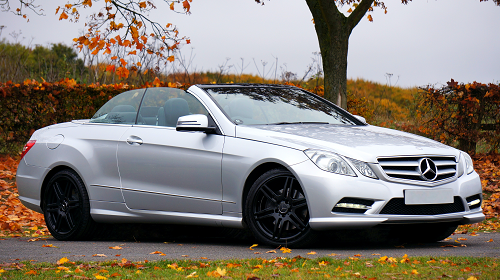Car owners often assume that if their car is totaled, it will be replaced at the amount they paid, or at least the amount they owe. However, that’s not always the case — learn why and what you can do to protect yourself.

Is Gap Coverage Right for You?
Guaranteed asset protection, or gap insurance is an optional automobile coverage that helps you transfer the financial risk if you are involved in an auto accident and you owe more for your vehicle than the amount that it’s worth. This is referred to as being “upside-down.”
Since a new car’s value drops significantly the minute it’s driven off the lot, if you are involved in an accident that totals your vehicle in the first few years you own your vehicle, you may find yourself owing the finance company more than the vehicle’s actual value. Gap insurance provides for the “gap” between the two amounts.
Is Gap Insurance for Everyone?
- New vehicle financing options: If you took advantage of a zero percent down payment deal or put a small amount of money down, or stretched the life of your loan past 3 years, gap insurance is most likely a good idea. That’s because the vehicle typically depreciates considerably faster than you have paid down the value on your vehicle’s loan.
- Used vehicles: Gap insurance is typically not available for used vehicles. To cover your risk, it’s wise to put down an ample down payment and finance the vehicle for the shortest possible timeframe.
- Leased vehicles: For those who lease a vehicle, gap insurance is considered an essential coverage because typically there is no trade-in and little cash put down to lease the vehicle. Similar to purchasing a vehicle, if the car is a total loss, you will owe the difference between what you have paid and what you owe on the balance of the lease.
- Cost versus benefit: Gap insurance is offered for a nominal fee, which makes it a great value for anyone who finances or leases a new car.
Top Ways to Save on Your Auto Premium:
- Consider raising your deductible.
- Keep up your good driving record.
- Drive less to qualify for a low-mileage discount.
- Drive a car with safety features such as anti-lock brakes and airbags.
- Install an anti-theft device.
- Ask about our multi-policy discounts.


